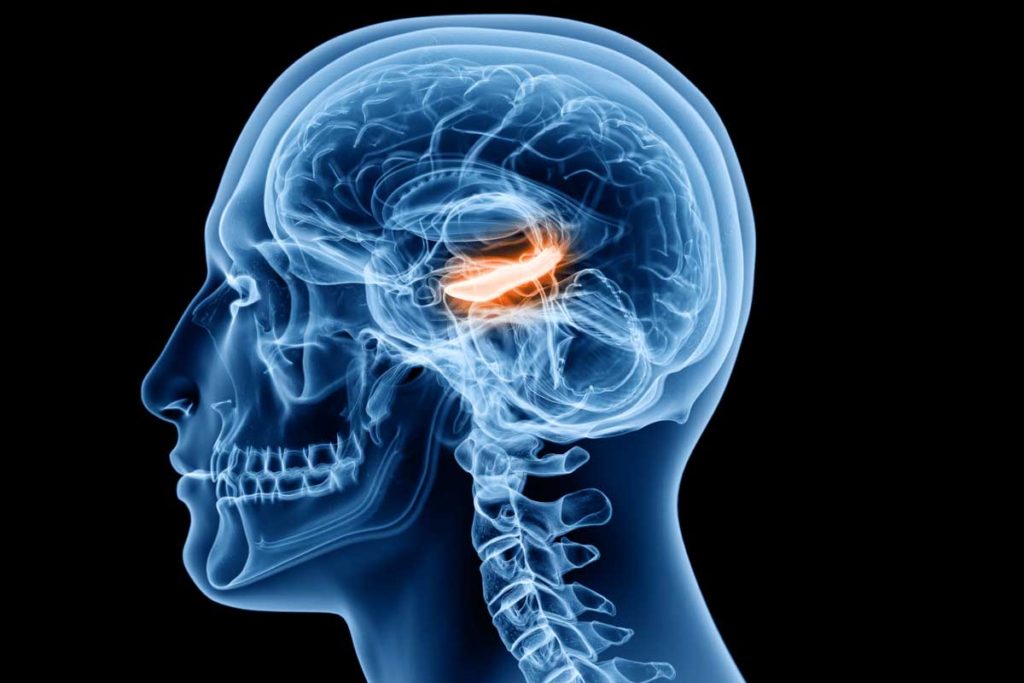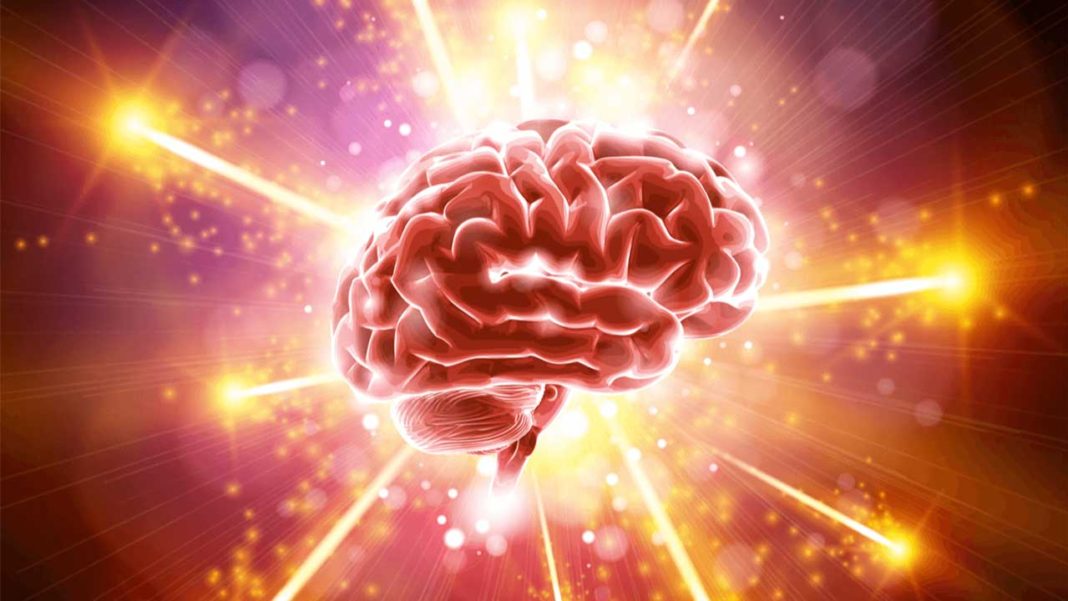Because of its complexity, its failures and also because of everything it allows us, memory is a fascinating process. We have all wondered how it is possible that we remember that afternoon playing in the park during childhood, how we are able to retain so much information or where memories are stored in the brain.
Thanks to it, we can relive our experiences, use it to implement new solutions or maintain an identity. To do this, memory encodes information so that the brain can “read” it and retrieve it when needed. But where do you store it?
The hippocampus and memory
The hippocampus is perhaps the brain structure that has the most weight in our memory. This region, located in the limbic system, is crucial for the formation, storage, and retrieval of memories. More specifically, it is related to different aspects of memory, fulfilling more than one function, including:
- Associate positive or negative emotions to memories.
- Facilitate the storage of recent information in long-term memory.
- Provide a spatial and temporal context to memories.
The hippocampus is in charge of saving memories : that is, of storing sensitive experiences that we have obtained from different channels or senses -it not only stores information, but it does so in an integrated way-. If we stop to analyze what we do on a daily basis, we will realize that the process is really fascinating.
All the details have a fundamental role, and that is that they act in the same way as the drawer handles: we can hold on to them to recover the memory. Thus, when we listen to a song we are able to transport ourselves to a specific moment or when we smell a perfume, remember the person around us who used to wear it.

Where the details of memories are stored
As stated above, the role of the hippocampus is unquestionable. However, questions remain about how and where the details of memories are stored. This part of the process is essential, because if the features or elements of a memory were not stored independently, there would probably be only one stimulus that could evoke that memory.
Put another way, itemized storage allows memories to be stored in a more organized or classified way. As if we put a series of hashtags that allow us to access them in a simpler or more varied way. For example, to keep the memory of that birthday in the field, we would use the tags #nature #birthday #family #sun #picnic.
In this sense, experts have raised two possibilities on how this storage is carried out and where. One option is that the storage of the elements is integrated in the hippocampus, so that the activation of neurons responsible for encoding specific stimuli can provoke a global memory response. Or, that the details are stored in other separate areas involved, which in turn have access to the joint representation of the hippocampus.
New finds
These two questions were recently raised by a research team at Rockefeller University. He decided to investigate the hippocampal and cerebral cortex circuits in real time during the formation, storage and retrieval of complex memories. Their findings, published in the prestigious journal Nature, have been truly revealing.
To do this, they carried out a study with mice in which they had to use novel techniques that made it possible to record neuronal activity in multiple areas at the same time that the animals navigated endless corridors.
In these, the mice encountered different combinations of smells and sounds, which were associated with rewarding or negative experiences. In this way, thanks to detecting a specific smell or sound, the mice were able to remember the entire experience and successfully solve the task.
Their results have revealed that the hippocampus, specifically the entorrino-hippocampal pathway, was involved in the formation and storage of experiences. However, they found that individual sensory features were being processed and recorded by the prefrontal cortex.
In turn, the results showed that when the mice encountered a specific feature, the prefrontal neurons communicated with the hippocampus to evoke the global memory.

Implications and conclusions
These findings have theoretical and practical implications. Now we can know that the storage of complex memories occurs as a whole and classified by parts. This separation means that exposure to an individual stimulus is enough to activate the prefrontal cortex and, consequently, evoke a memory.
In terms of developing treatments, this discovery could be relevant to Alzheimer’s disease, where retrieval of memories is most affected. Thus, the existence of several storage routes can contribute to the development of different recovery strategies. Therefore, the use of prefrontal pathways for Alzheimer patients could be more promising therapeutically.
In conclusion, we still have a lot to learn about the brain and its functioning. In this case, we now know that the hippocampus is not the only place where memories are stored. Also the prefrontal cortex, involved in personality or decision making, among others, is responsible for storing the most specific aspects of the experiences we live.













